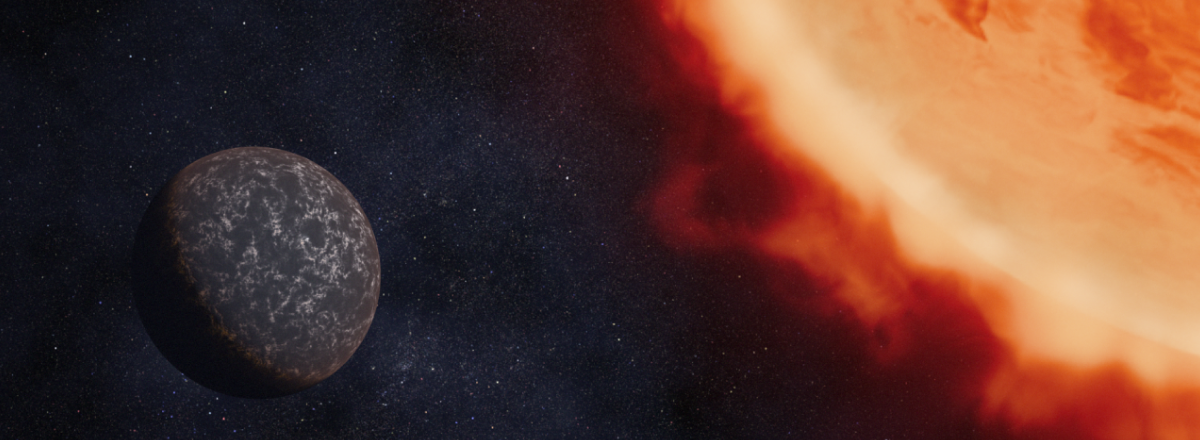Astronomers Confirm the First Tidally Locked Super-Earth Exoplanet
Researchers used infrared measurements to analyze the heat distribution on the planet’s surface, revealing that one side is significantly cooler than the other—confirming the tidal lock.

Scientists have confirmed the first-ever tidally locked super-Earth, named LHS 3844b, which always shows the same face to its star.
Located about 48 light-years away, LHS 3844b is an exoplanet that orbits its star every 11 hours and where it is permanently day on one side and night on the other. This phenomenon, known as tidal locking, is similar to how our Moon always shows one face to Earth.
The findings were recently published in The Astrophysical Journal, detailing how the Spitzer Space Telescope's infrared data helped ascertain the planet's constant orientation toward its star.
This super-Earth, 1.3 times the radius and 2.25 times the mass of Earth, presents a unique case in the study of planetary formation and behavior. Researchers used infrared measurements to analyze the heat distribution on the planet’s surface, revealing that one side is significantly cooler than the other—confirming the tidal lock.
While the tidally locked nature of LHS 3844b challenges the potential for life as we know it—due to extreme temperature variations between its hemispheres—it opens new doors for understanding atmospheric dynamics and heat distribution on similar exoplanets.
Scientists involved in the study are excited about the implications of this discovery. They believe that many exoplanets, especially those orbiting close to their stars, might exhibit similar tidal locking.

